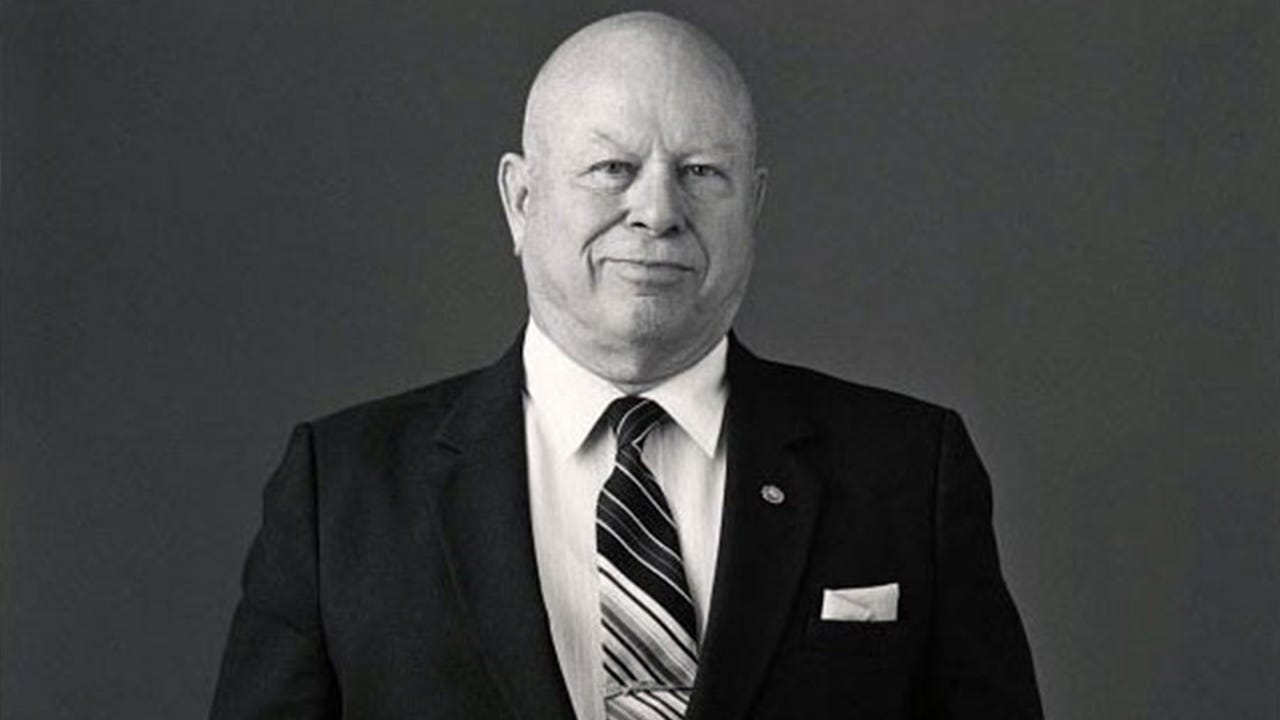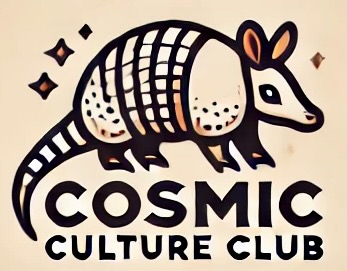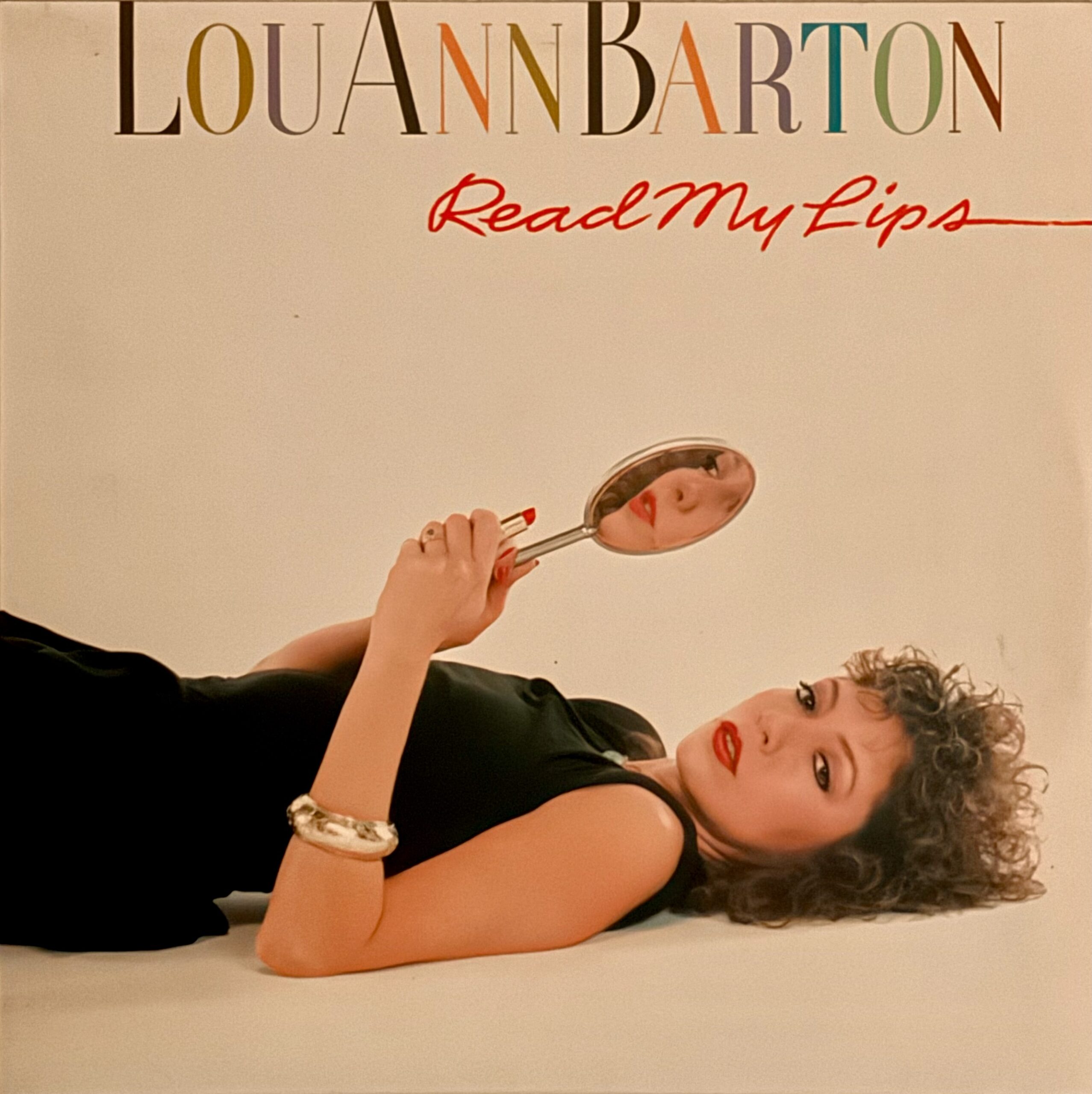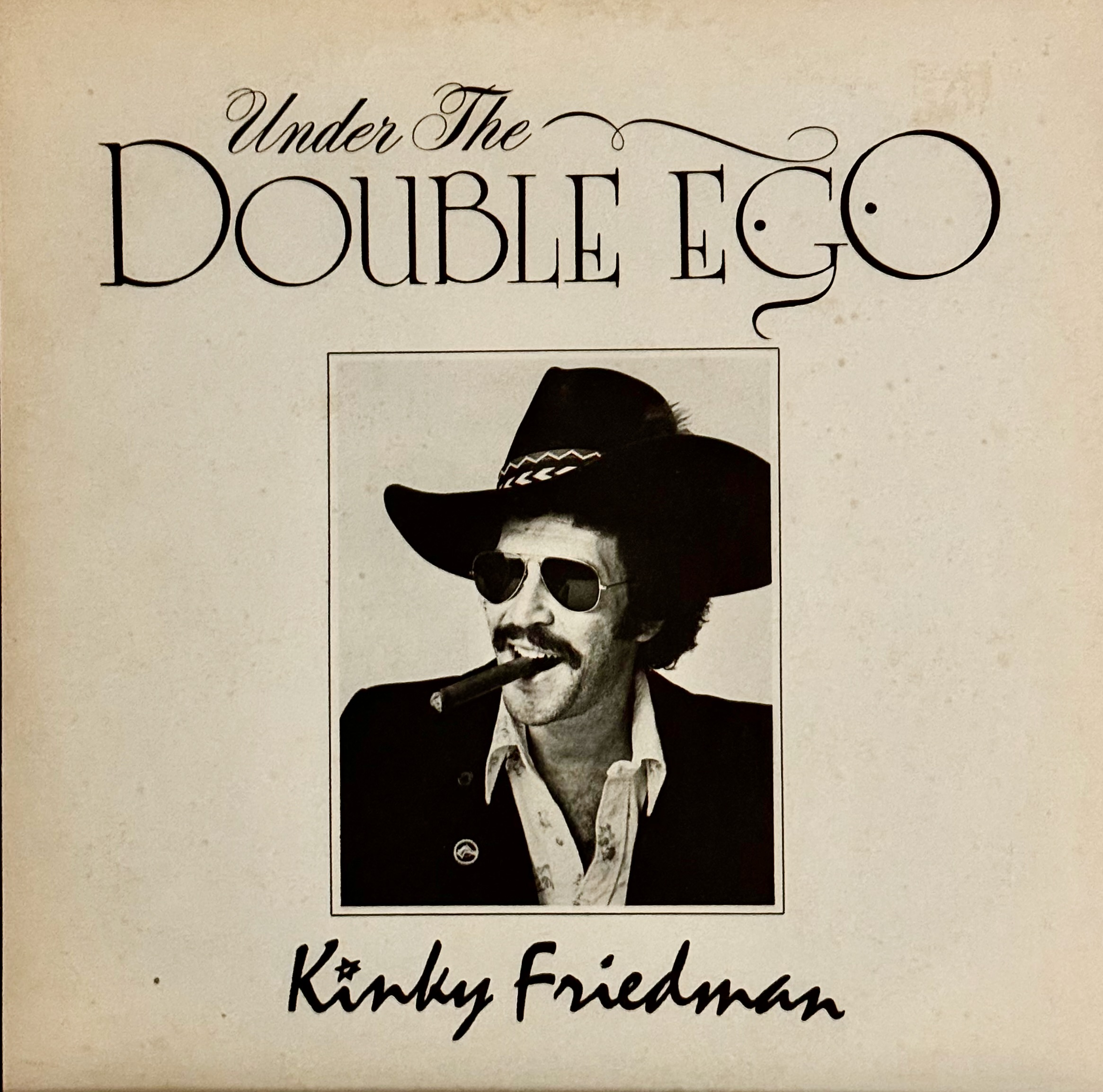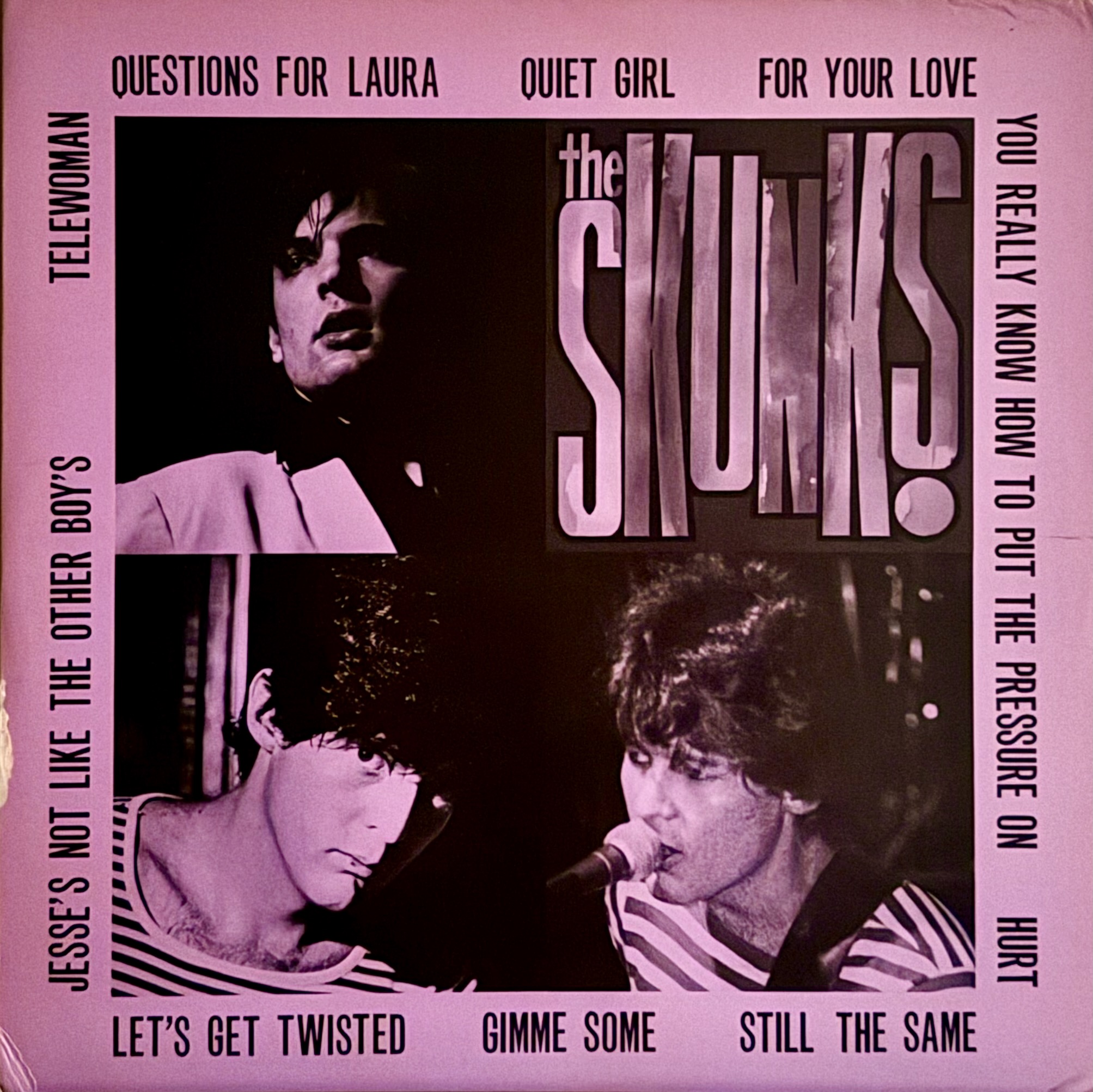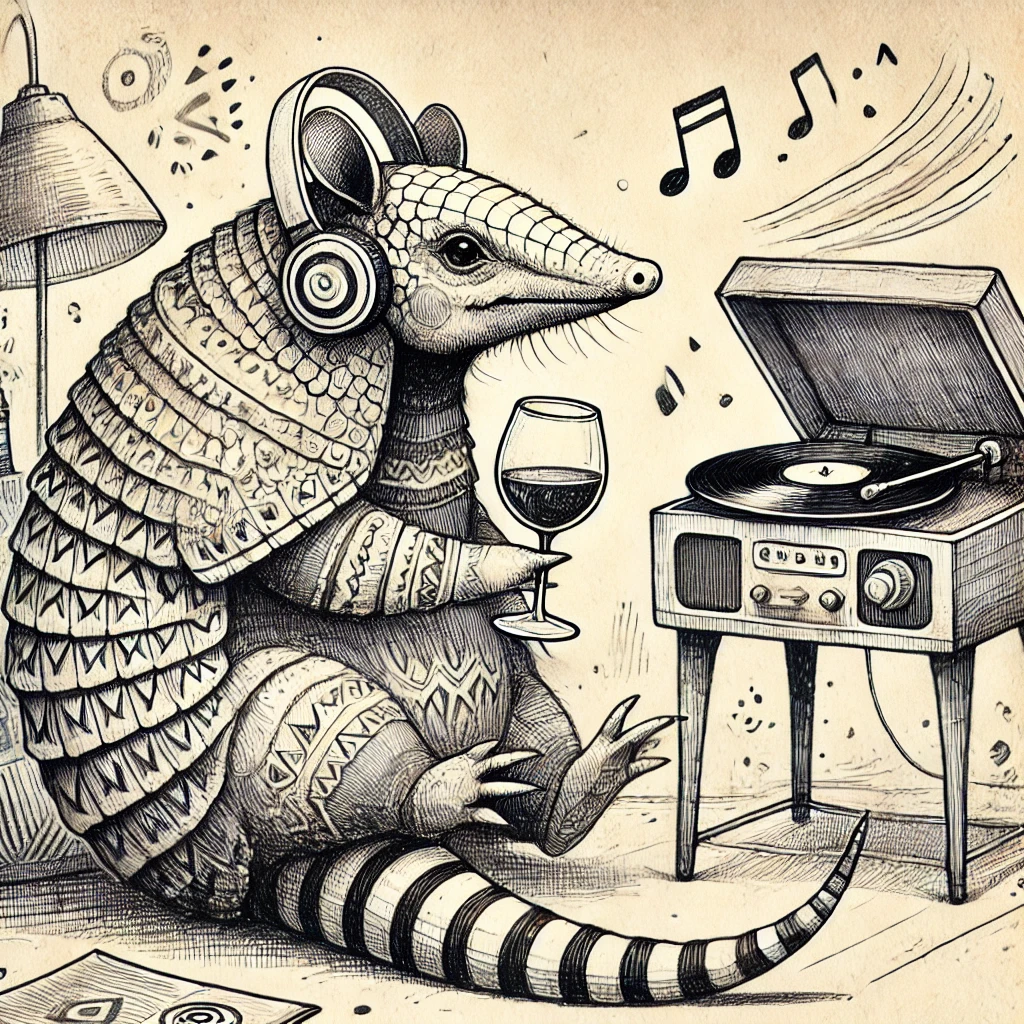It All Started at the Border
Harlon Carter’s legacy is transforming the NRA from a hobbyist club into a powerful D.C. lobbying machine. He was a staunch opponent of gun regulation who masterminded a scorched-earth strategy that combined aggressive grassroots organization with Beltway cash. There wasn’t room for compromise in Harlon’s mind. When asked if he would allow felons, the mentally deranged, and drug addicts to own guns, he replied it was “the price we paid for freedom.”
The irony is that Harlon himself was a convicted murderer. His story starts in the dusty Texas border town of Laredo. It was 1931, and Harlan was the seventeen-year-old son of a Border Patrol agent. A few weeks ago, the family automobile was stolen. Harlan’s mother was distraught when he came home from school. There were some Mexican boys playing near the house, and she was convinced they knew something about the car.
They didn’t, but young Harlan didn’t know that yet. He grabbed a shotgun and set out to avenge his mother’s anxiety. He found the boys at a swimming hole and ordered them to march back to his house for questioning. Fifteen-year-old Ramón Casiano was the oldest of the boys. He took out his knife and said they weren’t going anywhere. Harlan pointed the gun at his chest.
Ramón didn’t have the hysterical reaction that Harlan hoped for. He pushed the gun to the side. He took a step back. Then, he laughed and told him to put the gun away. It was the laugh that was too much, and Harlan squeezed the trigger. A two-inch hole exploded in Ramón’s chest, and he died in the mud at Harlan’s feet.
At trial, the judge instructed the jury, “There is no evidence that defendant had any lawful authority to require deceased to go to his house for questioning, and if defendant was trying to make deceased go there for that purpose at the time of the killing, he was acting without authority of law, and the law of self-defense does not apply.” The jury convicted him of murder. The judge’s statement set him free.
One Would Fall and One Would Prosper
An appeals judge overturned the conviction. He didn’t agree with the jury instructions regarding self-defense. The D.A. had the option to prosecute the case again, but he didn’t. Harlon Carter enrolled at the University of Texas, and Ramón Casiano was forgotten.
Harlon Carter never faced consequences for the murder. He obtained an undergraduate degree from UT, and then a Law degree from Emory. He joined the Border Patrol. He was a good agent who understood how to manipulate the bureaucracy, and, in 1950, he became Chief. Ramón Casiano was still fifteen, and still dead.
Creative Deportations and Missing Bullets by the Case
Carter’s job as chief was to implement Operation Wetback, and he relished it. The declared goal of the operation was aggressive deportation, but Carter innately understood it was about the spectacle of deportation. He made sure camera crews were on hand to capture the scenes he directed. It was good television, if questionable policy.
The interesting twist is that Mexico requested the operation. American industry was desperate for Mexican labor, and the two countries agreed on a specific number of worker visas. The cheap labor was an economic boon, and the American government was complicit in allowing an excess number of laborers to enter. The Mexican economy was suffering from the loss of labor, and they demanded America enforce the agreement.
Harlon’s twisted narrative villainizing the migrants resonated with a segment of the American population who applauded the hardline approach, even if American citizens were occasionally caught in his indiscriminate sweeps. He told his supporters the aggressive tactics would encourage self-deportation. That didn’t happen. Instead, the threat of deportation became a powerful weapon for American employers against migrant workers. Carter requested an executive order deputizing the military for deportation efforts. President Eisenhower refused in deference to the Posse Comitatus Act, which limits the use of the military in enforcing domestic policy.
Carter’s personal conduct in government service was controversial as well. After he retired, a Justice Department report found him guilty of stealing 40,000 to 50,000 rounds of government ammunition “with the sole intent of converting this property to his own use.” The bullets were never recovered.
A Man Whose Trigger Pulls His Finger
Harlon Carter gained control of the NRA in 1977. At the time, the organization was primarily a sportsman’s club. They were best known for hosting marksmanship competitions, but Harlon had a more ambitious vision. Over the next eight years, he engineered a transformation into one of Washington’s most powerful lobbying groups. Membership tripled, and the coffers overflowed with cash.
Carter kept his murderous past hidden for much of his tenure, but the story broke in 1981. Denial was his first response. He pointed out that the perpetrator spelled their name with an “a” instead of an “o”—couldn’t be him. The New York Times presented irrefutable evidence that his name was spelled “Harlan” at the time of his birth, and he only changed the spelling after the murder. He conceded it was him, but that he “deeply regretted” the incident.
It was a shocking revelation for many Americans, but it didn’t get an adverse reaction within the NRA. He was re-elected to his post with a unanimous vote and continued to lead the organization for the next five years. He designed the uncompromising playbook that continues to drive the NRA strategy in the modern era.
Harlon Carter was an undeniable leader. He rose from modest beginnings to become the most powerful immigration agent in the nation. He was a visionary, capable of transforming a small club into a dominant political force. He knew how to inspire his followers and was the type of man people like to follow.
The question is, where did he lead us? Harlon didn’t solve immigration issues, but he fanned the flames of racism and degraded workers’ rights. He successfully blocked gun regulation, and America continues to lead the world in gun deaths and murders. Nearly 50,000 Americans lose their lives each year due to firearm discharge. Or, as Harlon would tell us, they pay the price for freedom. It makes you question if a convicted killer was the right voice to shape American gun policy.
